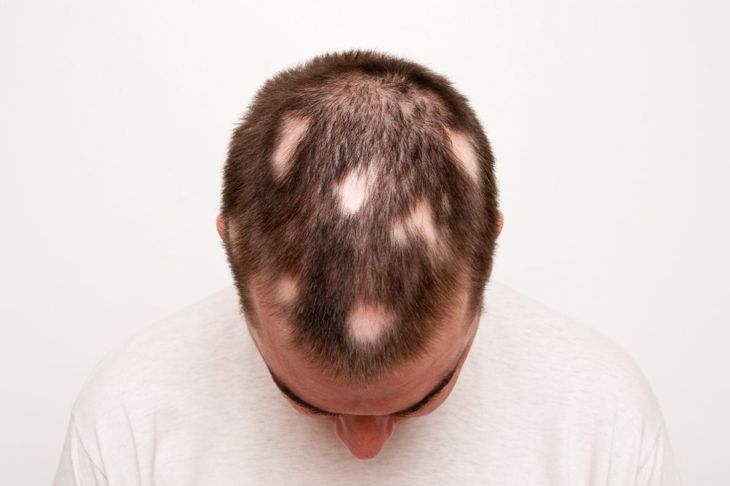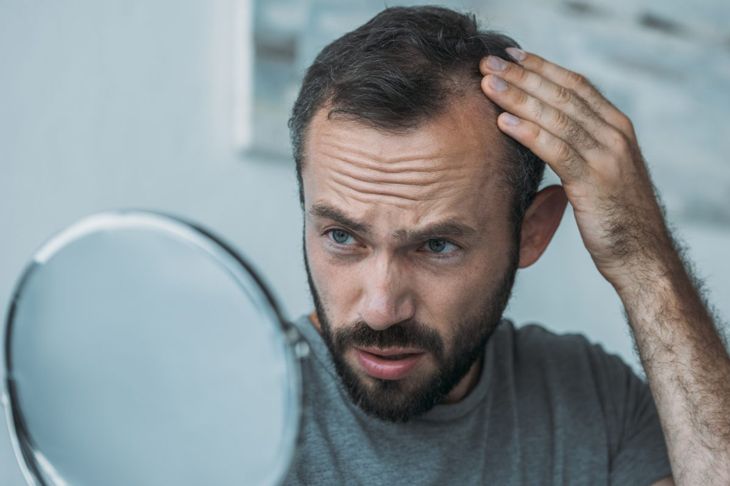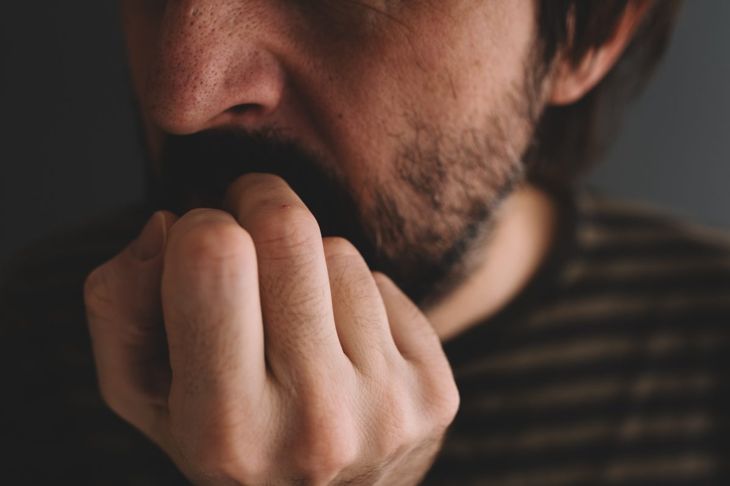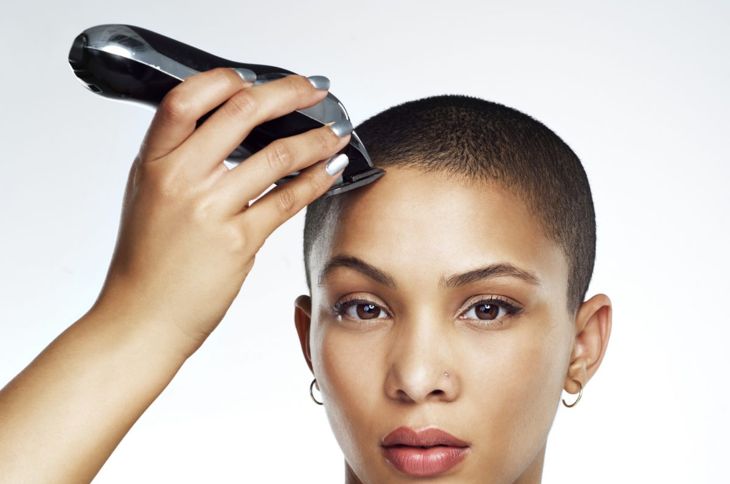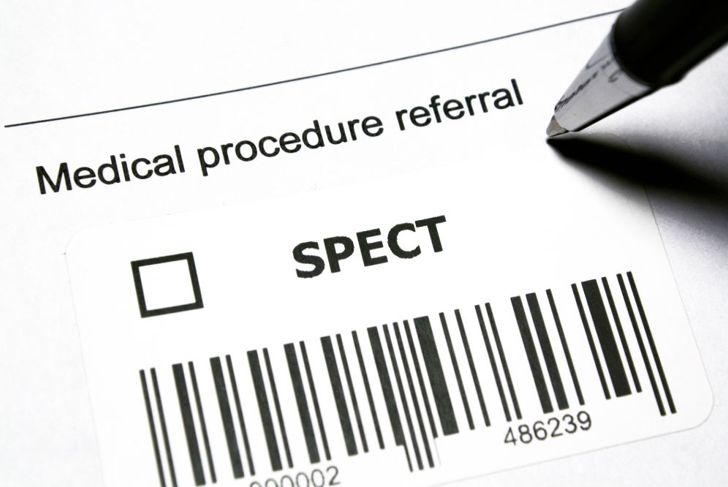Trichotillomania is a disorder that causes an uncontrollable urge to pull or pick at the hair on one’s scalp, lashes, brows, and elsewhere on the body. Many people with trichotillomania do other repetitive movements as well, such as eating hair (trichophagia), biting nails, and cracking joints. Though researchers are unsure of the exact causes, some experts believe the disorder is associated with other mental health conditions such as obsessive-compulsive disorder (OCD). Research has uncovered some successful behavioral and psychoactive treatments for trichotillomania.
Signs and Symptoms
Trichotillomania is typically self-diagnosable, with many people first noticing the urges and behaviors around the age of 12. Visible signs include redness and bald patches. Chronic hair-pulling also causes pain in the hands and fingers from the repetitive motion of plucking. Many people with trichotillomania also experience stomach pain. Hair in the gastrointestinal tract is undigestible and can collect in large masses — trichobezoars — that obstruct the bowel and require surgical removal.
Diagnosis
There are five main diagnostic criteria for trichotillomani. Hair pulling must cause noticeable hair loss, result in multiple attempts to stop or decrease the action, not be explained by another medical condition, and cause the person distress. Trichotillomania is measured through self-reporting assessments such as the Massachusetts General Hospital Hairpulling Scale (MGHHS). This particular battery measures the severity of the patient’s urges to pull, pulling, perceived control, and associated distress.
Affected Populations
A survey of 2,500 college students suggests trichotillomania affects 0.6% of the population, and the condition appears to be more common in women than in men. Removing the requirement for pleasure or gratification, the percentage of affected people increased to 1.5% of male students and 3.4% of female students in the sample. Trichotillomania is often diagnosed in people with mood and anxiety disorders, including OCD, bipolar disorder, attention deficit hyperactivity disorder (ADHD), tic disorder, and major depression.
Causes
Often, multiple individuals within a family will present with hair-pulling, suggesting a genetic component. The genes associated with brain cortex development and neuronal growth show a mutation in people with trichotillomania. Surprisingly, people with Tourette’s syndrome have similar mutations. Changes also occur in the serotonin 2A receptor that is frequently associated with mood disorders, as well as the genes associated with grooming and stress. Most notably, researchers have found a link between trichotillomania and post-traumatic stress disorder. They theorize that a person with PTSD links their trauma with an internal or external cue, which triggers hair pulling.
External Cues for Pulling Hair
Trichotillomania is the result of both external and internal cues, where a person associates a stimulus with the urge to pull. These cues include a wide range of settings and implements and are particular to each individual. The conditioned stimulus can be a specific location, such as a bathroom, or a negative feeling like stress. Outside the home, being alone or having access to a mirror triggers hair pulling in some people. It becomes difficult to separate the cue from the action once they are associated.
Internal Cues for Pulling Hair
Many emotions can trigger hair pulling, including boredom, anger, loneliness, fatigue, guilt, indecision, frustration, and even happiness and excitement. Any emotion, positive or negative, can trigger the desire to pull hair. Sensory triggers include hair color or texture. The cognitive triggers for trichotillomania are very similar to the triggers for obsessive-compulsive disorder. The desire for symmetry or awareness of imperfection, for example, can prompt hair pulling.
Trichotillomania and OCD
Both OCD and trichotillomania include irresistible urges to perform repetitive behaviors, and the disorders have similar clinical features, treatments, and associated genes. Recent research shows OCD may be a spectrum of conditions rather than a single one. This spectrum includes trichotillomania, severe nail-biting, compulsive skin picking, tic disorders, and eating disorders, as well as the traditional understanding of OCD.
Behavioral Treatment
As a chronic and fluctuating condition, trichotillomania needs sustained care from licensed professionals. People who repeatedly pull their hair can benefit from strategies to navigate relapse and remission. Studies show that group and cognitive behavioral therapy (CBT) are effective as a first-line therapy. In a study of pediatric trichotillomania, CBT helped increase awareness of pulling and strategies for preventing pulling in the young subjects. Therapists can also help review strategies and troubleshoot any recurring problems that their clients experience.
Pharmaceutical Treatment
Antidepressants are prescribed for various obsessive-compulsive symptoms but may lead to treatment-resistant complications. Mood stabilizers and antipsychotic medications can also help treat trichotillomania. Small clinical trials suggest people with trichotillomania respond well to this medical treatment. However, further research is needed to identify the best treatment for trichotillomania.
Research into Trichotillomania
New technologies are helping medical professionals identify and treat trichotillomania. Doctors can use SPECT (single-photon emission computed tomography) to create a 3D image of the brain. The results can show brain activity abnormalities in specific regions. The right superior parietal cortex, where the brain integrates sensory input, often shows increased activity in people with the disorder. The left putamen, where the brain controls automated movements, will show decreased activity. Despite the many similarities, scans of people with OCD have not shown these abnormalities.

 Home
Home Health
Health Diet & Nutrition
Diet & Nutrition Living Well
Living Well More
More